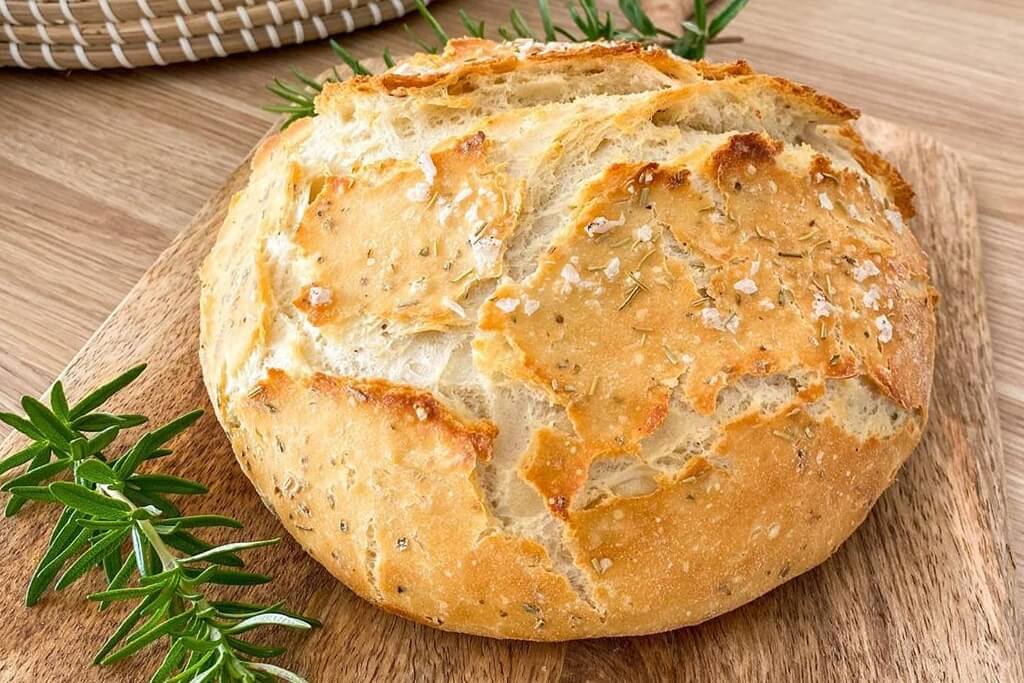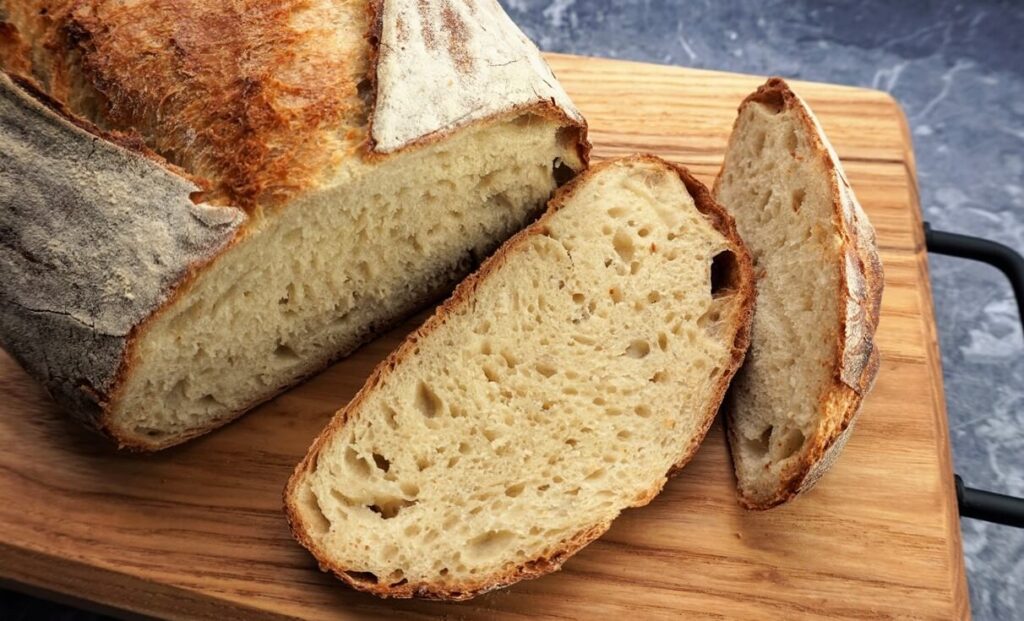Homemade bread is one of the most rewarding and comforting foods to make at home. With the right ingredients and a bit of patience, you can create warm, fresh loaves that are far superior to store-bought bread.
Whether you are a beginner or an experienced baker, this guide will help you master the art of homemade bread with easy-to-follow recipes and tips.
Homemade Bread: Essential Ingredients And Preparation Steps
The key to homemade bread lies in the ingredients and preparation methods. Here’s a basic list of ingredients you’ll need:
-
Flour: All-purpose flour is commonly used, but whole wheat or bread flour can be used for different textures and flavors.
-
Water: Water is essential for creating the dough and activating the yeast.
-
Yeast: Yeast is what makes the bread rise. You can use active dry yeast or instant yeast.
-
Salt: Salt adds flavor and helps control the yeast’s activity.
-
Sugar: A small amount of sugar is often added to help activate the yeast and give the bread a subtle sweetness.
The preparation steps for homemade bread typically include mixing, kneading, proofing (allowing the dough to rise), and baking. Start by combining the dry ingredients, adding water, and kneading the dough until smooth. Then, let the dough rise before shaping it into your desired loaf and baking it in the oven.
The Difference Between Yeast Bread And Quick Bread
When making homemade bread, it’s essential to understand the difference between yeast bread and quick bread. Both have their unique characteristics:
-
Yeast Bread: This type of bread relies on yeast to help the dough rise, which gives it a chewy texture and a soft, airy crumb. Yeast bread requires time for proofing and rising, making it a bit more time-consuming.
-
Quick Bread: As the name suggests, quick bread doesn’t require yeast and rises instead through baking soda, baking powder, or eggs. It’s quicker to make, typically resulting in denser bread with a more crumbly texture.
Both types of bread have their place in homemade bread recipes, and you can experiment with both based on your time constraints and desired outcome.
Homemade Bread: Tips For Achieving The Perfect Texture
Achieving the perfect texture in homemade bread is all about following the right techniques. Here are some tips to ensure your bread comes out soft, fluffy, and full of flavor:
-
Knead the Dough Properly: Kneading helps develop the gluten in the dough, giving the bread its structure and elasticity. Knead for about 10 minutes until the dough is smooth and stretchy.
-
Allow Enough Time for Rising: Proper rising time is essential for light, airy bread. Let the dough rise until it doubles in size, and don’t rush this process.
-
Use the Right Oven Temperature: Preheat your oven before baking, and ensure it reaches the correct temperature. Most bread bakes at 375°F to 425°F (190°C to 220°C). For a golden, crispy crust, you can also steam your oven by adding water to a pan at the bottom.
Creative Variations: Adding Seeds, Nuts, And Herbs
Once you’ve mastered the basic homemade bread recipe, you can get creative by adding different flavors and textures. Here are some fun variations to try:
-
Seeds: Add sunflower seeds, sesame seeds, or flaxseeds to the dough or sprinkle them on top before baking for extra crunch and flavor.
-
Nuts: Walnuts or almonds add a nutty richness to your bread. Chop them up and fold them into the dough before baking.
-
Herbs: For an aromatic touch, add rosemary, thyme, or basil to the dough. You can also brush the top of the bread with garlic butter for an added layer of flavor.
These variations can elevate your homemade bread, giving it a personal twist that suits your taste.
Homemade Bread: Common Baking Mistakes To Avoid
Baking homemade bread can sometimes be tricky, and even experienced bakers make mistakes. To help you avoid common pitfalls, here are a few mistakes to steer clear of:
-
Not Allowing the Dough to Rise Enough: If you rush the rising process, your bread may end up dense and flat. Patience is key in allowing the dough to rise fully.
-
Using Cold Ingredients: Make sure your water and other ingredients are at room temperature, as cold ingredients can slow down yeast activation and affect the dough’s rise.
-
Over-Kneading or Under-Kneading: Kneading is essential, but overdoing it can lead to tough bread, while under-kneading can result in uneven texture. Aim for a smooth, elastic dough.
By avoiding these common mistakes, you’ll have a better chance of making perfect homemade bread every time.
See you in the next post,
Anil UZUN


